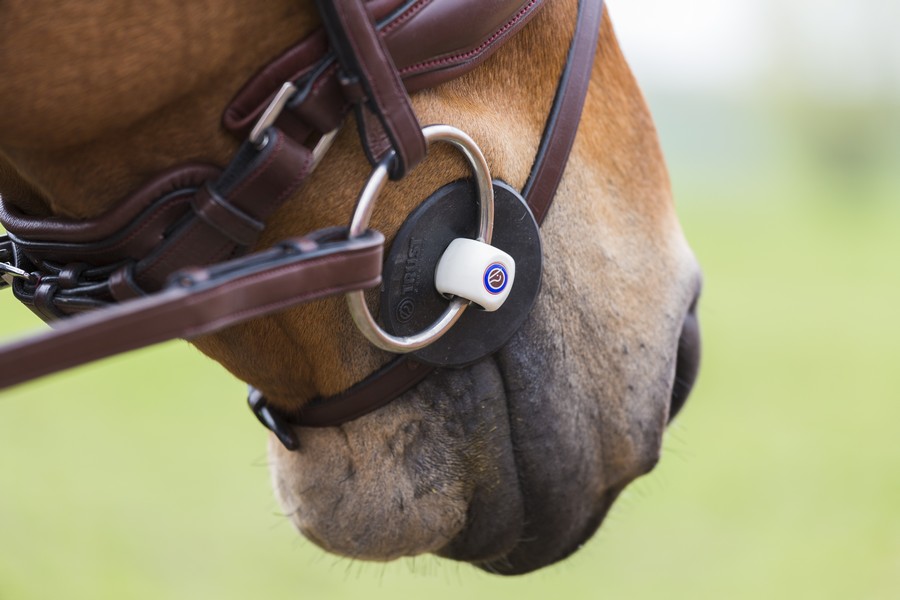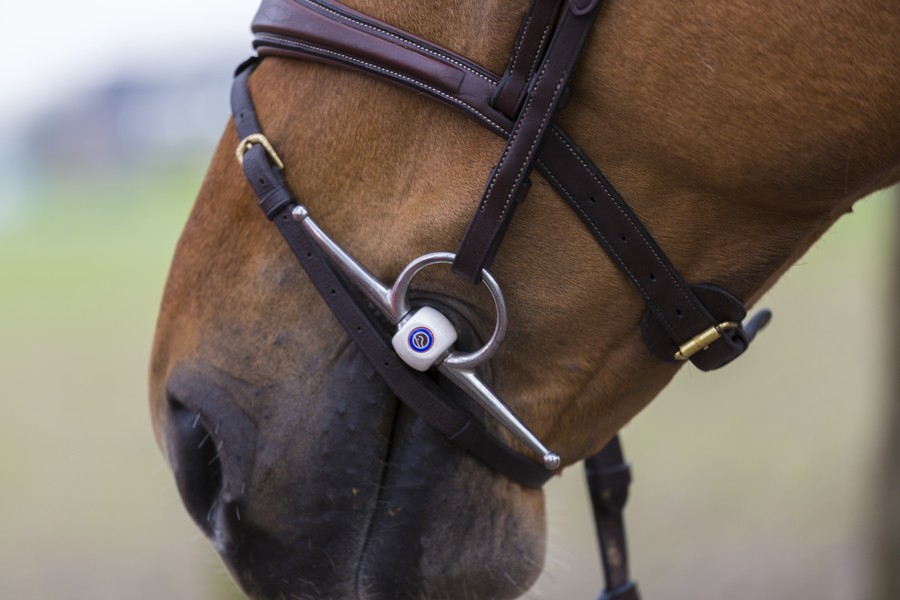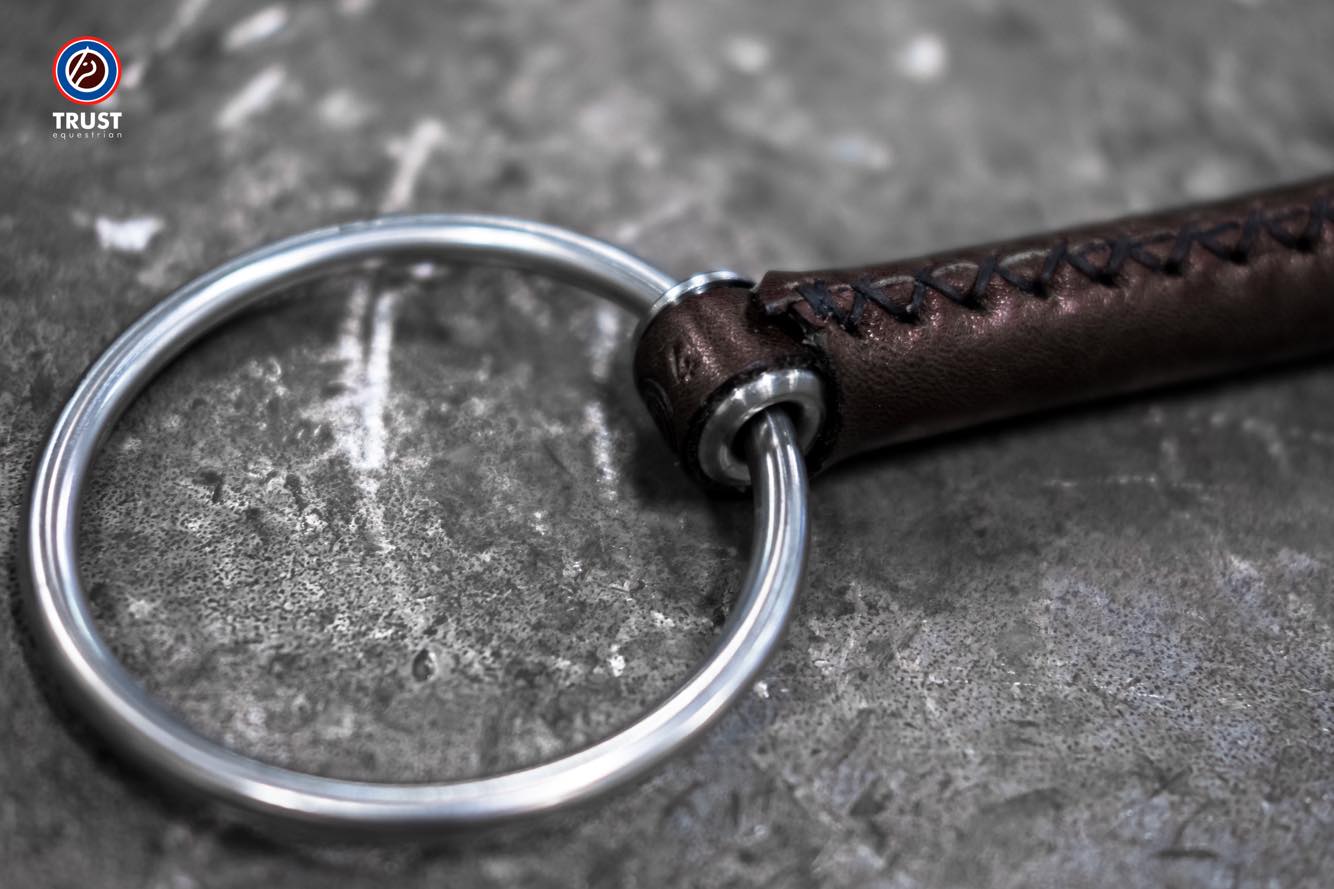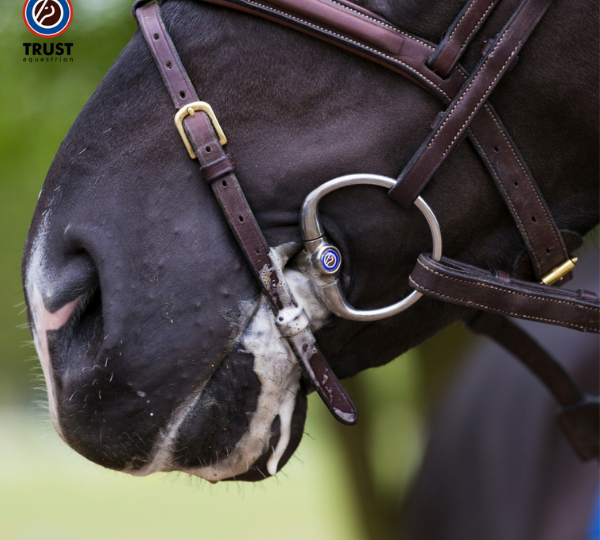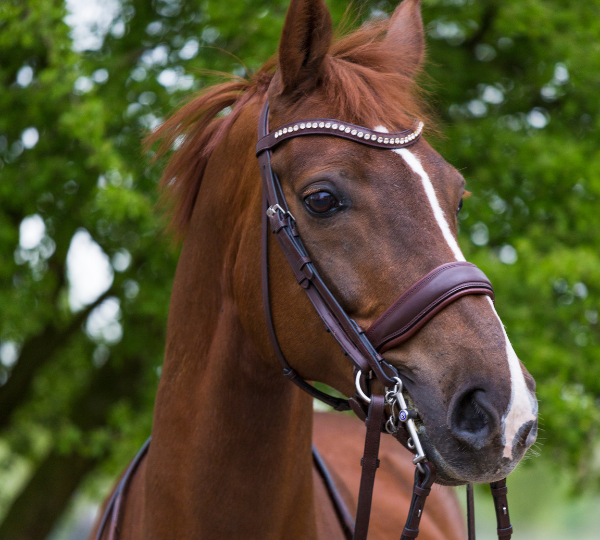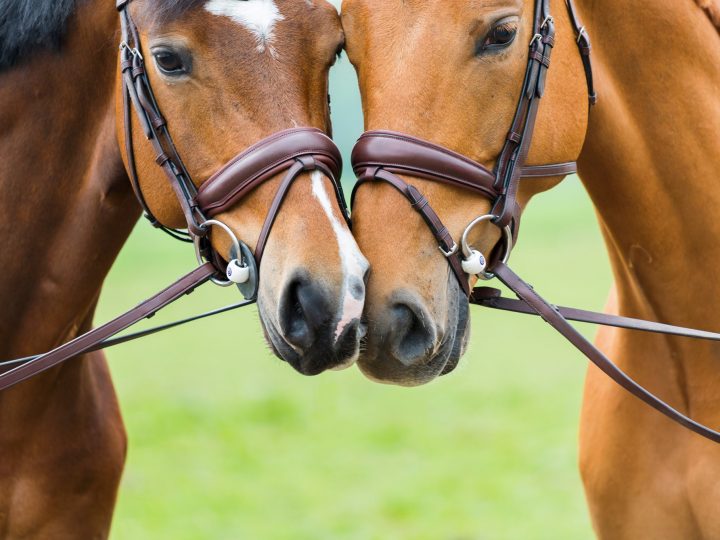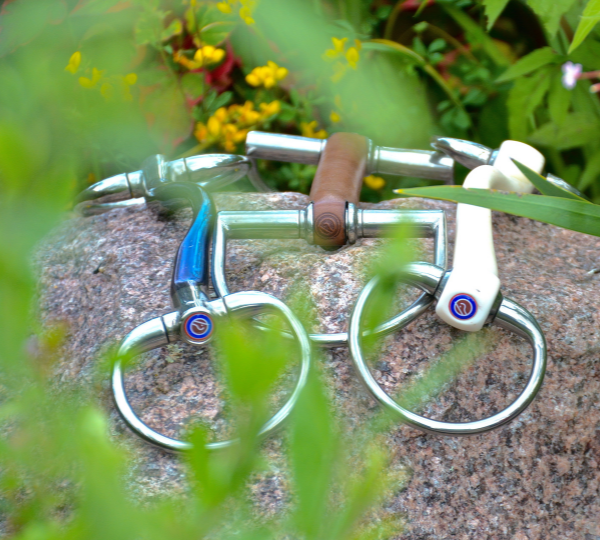How to find the right bit size for your horse?
At TRUST, we often receive questions about finding the bit size that is right for a horse. The correct bit size is essential! A bit that is too small may pinch and cause irritations at the corners of the lips, while a bit in a size too large slides unstably from side to side through the mouth. A well-fitted bit rests comfortably at the corner of the horse’s mouth, whereby the mouthpiece sticks out minimally on both sides. The difference between the cheek piece and the mouth piece can be seen in the image below.
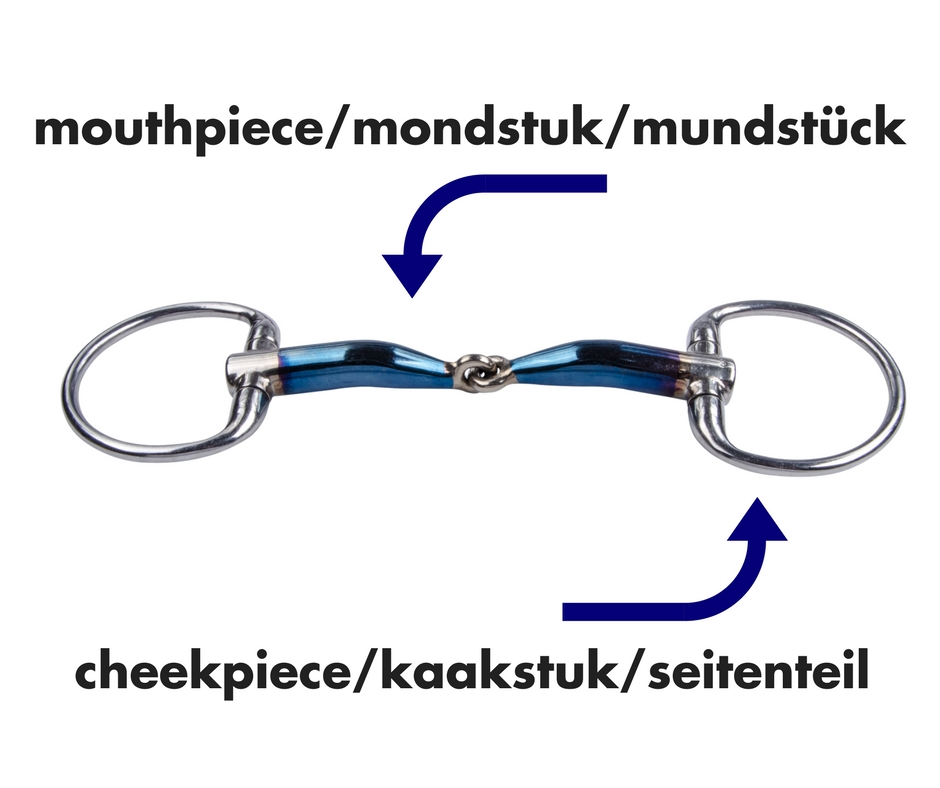
How to measure the current bit size?
Do you own a TRUST bit already but do no longer remember its size? Find out easily by taking a closer look at the bit. We engraved the size in the bit, as shown in the photographs below. The size chart is as follows:
1 = 11,5
2= 12,5
3= 13,5
4= 14,5
Bit size
Super convenient so you will never forget the size of your bit! If you are not in the possession of a TRUST bit yet, you can measure the bit yourself. The width of the bit is measured between the insides of the two rings, also known as cheek piece. If the bit is a straight bar, measure it from the one inner side of the shank to the other. At TRUST, you have the following options in sizes: 11.5, 12.5, 13.5 and 14.5. The bradoon bits come in half sizes, i.e. 11.5, 12, 12.5, etc.
How to measure a new bit?
Do you have a new horse and no clue which bit size fits him or her? You can measure this yourself as well. The most practical way is to make use of some bits of various sizes that you still have lying around. The type of bit is irrelevant, as long as you know its size. Place the bit in the horse’s mouth and make sure that the cheek pieces are nicely placed at the corners of the mouth, try out different sizes. Below you can find a few examples of well-fitted bits.
No extra bits available? We have one other tip for you to measure the right size. Cut off a 15cm piece of garden hose (or other soft material). Make sure there are no sharp edges on the sides! Measure the mouth, by placing the garden hose as it were a bit and mark the spots where it meets the corners of the horse’s mouth. Note that this method is less precise than measuring the mouth using a real bit.
